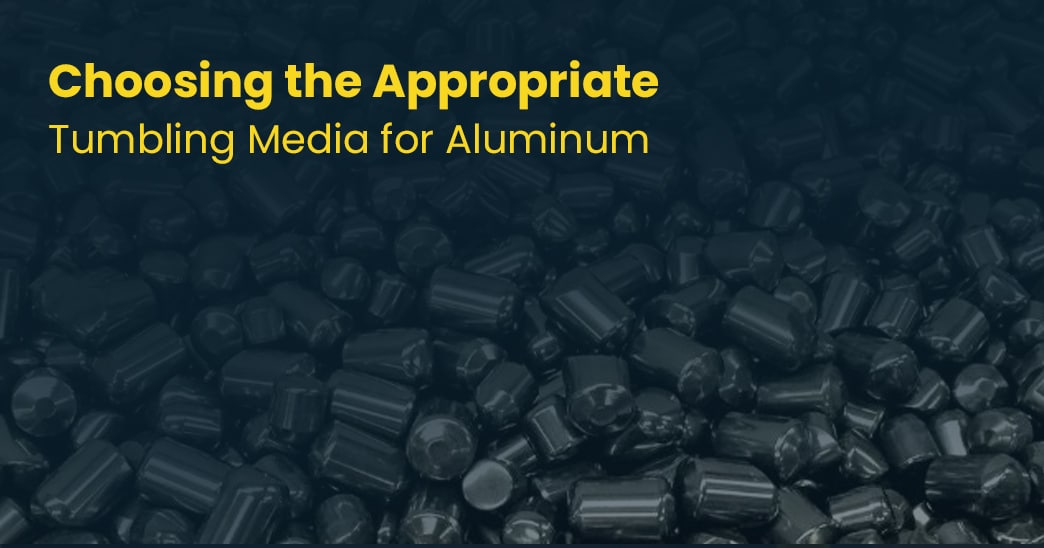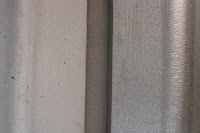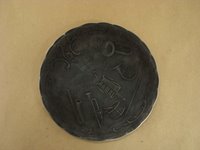Choosing the Appropriate Tumbling Media for Aluminum: Vibratory and deburring devices are extremely useful for streamlining the production of aluminum components. However, numerous types of polishing and deburring media are available. Choosing the proper tumbling media is crucial to ensuring that your aluminum piece has the desired appearance and texture.
Selecting the Tumbling Media for Aluminum
There are four factors to consider when selecting media: size, type, shape, and abrasiveness level. These factors are wholly dependent on the piece to be deburred.
Size
Choosing the size of Tumbler media is straightforward. For larger pieces, you will typically need larger media, whereas, for smaller pieces, you will need smaller media. The type, shape, and abrasiveness of the media you select will impact the piece’s final appearance. This is where the ‘art’ of choosing tumbling happens. Make sure you work with someone with experience tumbling aluminum parts.
Type
You should avoid making an error when selecting the type of tumbling media for aluminum. Plastic, ceramic, porcelain, or walnut media should be used exclusively for tumbling aluminum. Aluminum is a soft metal, so avoid using excessively firm materials. Despite the fact that these materials are viable options, the majority of people will choose plastic or synthetic media due to their versatility.
Shape/Form
The form or shape of your media will depend entirely on the geometry of your part. For instance, if your piece has holes, choose media with cones or tetrahedrons, as these shapes can easily slide into holes without becoming trapped. Triangular media is ideal for corners and level surfaces. Choosing the best media can be a trial-and-error process, but it’s simpler when you understand the needs of your piece. Here again, working with an expert will help to reduce the amount of testing required.
Abrasiveness
Plastic and Synthetic media can have a high level of abrasiveness for finishing items that require a very smooth surface. Keep in mind, however, that plastic media will result in matte work. Ceramic media is ideal if your aluminum piece has rounded edges or pointed burrs, as it will more efficiently remove them. Choose porcelain or walnut media if you desire a brighter appearance or a dried polish on your aluminum piece.
If you are prepared to tumble aluminum but require a vibratory bowl feeder to ensure that your parts feed correctly into the production line, Kramer Industries can help! We sell a variety of tumbling equipment, media, and compounds and have everything you need for your tumbling and deburring requirements.




